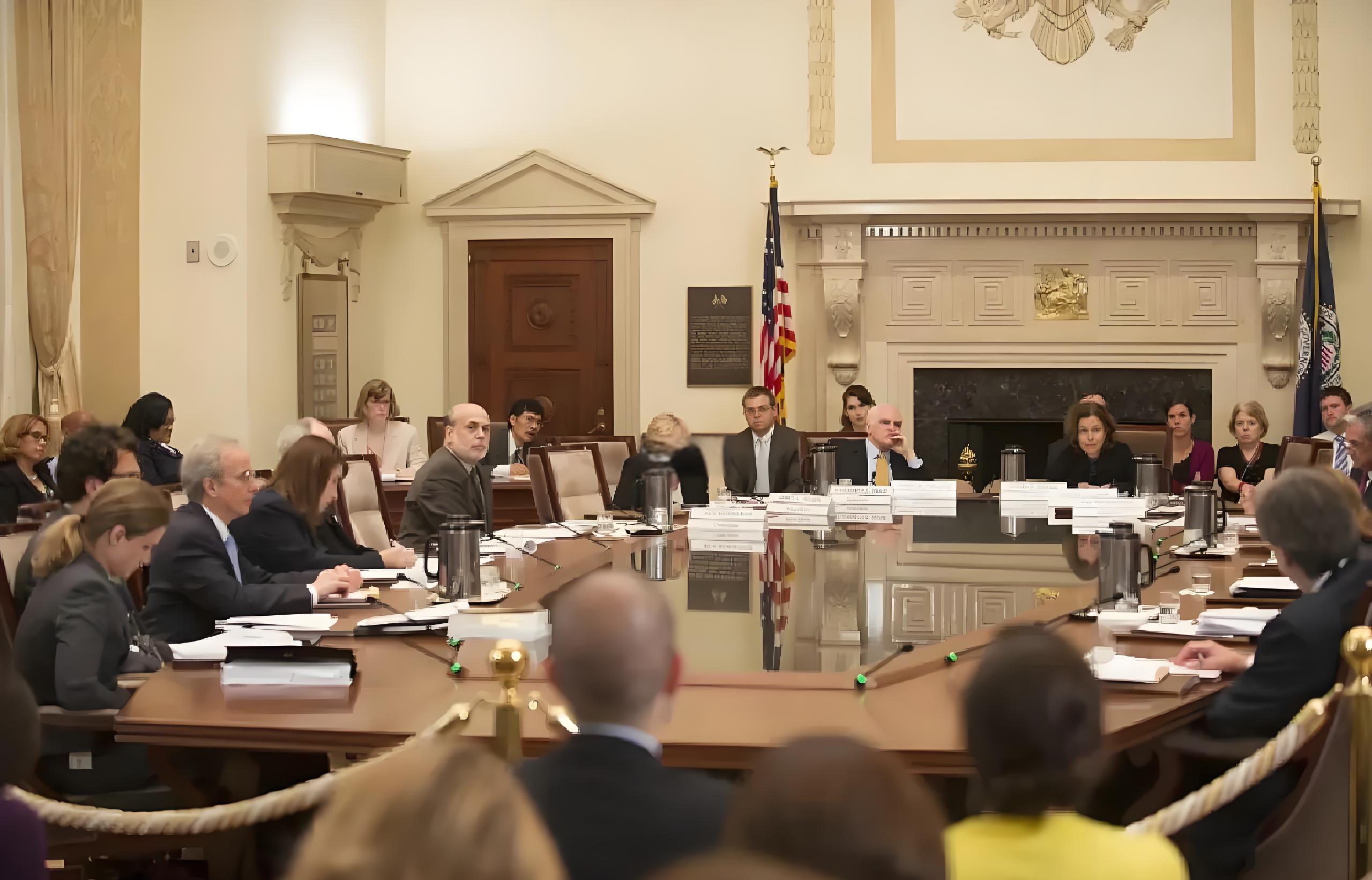
On September 3, 2025, the Federal Reserve released its Beige Book, a national survey of economic conditions, which showed that U.S. economic activity was nearly stagnant between mid-July and late August, with growth flat or declining in most regions. This report has sounded an alarm for the future development of the U.S. economy.
The Beige Book pointed out that over this six-week period, economic activity was "little changed" in 11 of the Fed’s 12 districts, while one district reported a slight decline. A key sign of this stagnation is weak consumer spending. Amid rising economic uncertainty and higher tariff rates, wage growth for many households has failed to keep pace with inflation, leading to flat or falling consumer spending across all Federal Reserve districts. Nonprofit organizations reported that low-income groups, facing increased living costs, have seen rising demand for basic needs such as food, housing, and public services—but their overall spending power remains constrained. For instance, two auto dealerships in the Cleveland district noted that sales are expected to decline due to affordability issues and tight household budgets.
Inflation emerged as another critical issue highlighted in the Beige Book. All districts reported some degree of price increases: 10 districts described inflation as "modest or moderate," while the remaining two noted "strong growth in input costs." Nearly all respondents across districts cited tariffs as a driver of price hikes, particularly in industries heavily reliant on imports. A coffee roaster in the New York district stated that tariffs on Brazilian coffee and other raw materials have disrupted the entire supply chain; a domestic manufacturer of printing equipment in the Richmond district reported that its suppliers raised prices by 5%-15% due to tariff pressures; and farmers in the Chicago district expressed concerns that higher tariffs on fertilizers will increase operating costs in 2026. To cope with rising costs, businesses have generally passed on part of the burden to consumers through price hikes, while also controlling expenses via automation, internal workforce restructuring, or layoffs.
In the labor market, while overall employment levels remained relatively stable, hidden concerns persisted. Eleven districts reported "little change" in overall employment, and only one district noted a slight decline. A reduction in immigrant labor was observed in multiple regions, most notably in the construction industry in New York, Richmond, St. Louis, and San Francisco—exacerbating labor shortages in these areas. Additionally, businesses have widely paused hiring due to economic uncertainty, pushing recruitment intentions to a standstill.
The economic conditions reflected in the Fed’s Beige Book have further strengthened market expectations for a Fed rate cut in September. Investors generally anticipate that the Federal Reserve will announce its first rate cut of the year at its policy meeting on September 16-17, in a bid to support the labor market and stabilize economic growth. If the August nonfarm payrolls report underperforms, it will nearly "lock in" the decision to cut rates in September. Analysts suggest the Fed may opt for a modest 25-basis-point cut to balance inflation and employment goals.
However, the Fed faces a series of dilemmas in its decision-making. On one hand, the core PCE price index (the Fed’s preferred inflation gauge) rose 2.9% year-on-year in July, still above the 2% target; a rate cut could slow the pace of inflation’s return to target. On the other hand, the rebound in GDP growth from -0.5% in the first quarter to 3% in the second quarter was largely driven by trade fluctuations, with insufficient endogenous economic momentum. Maintaining current interest rates could thus intensify downward pressure on the economy. Furthermore, the U.S. federal deficit reached $1.3 trillion in the second quarter, with interest payments accounting for 12% of fiscal revenue. While a rate cut would ease short-term debt-servicing pressure, it could weaken the attractiveness of U.S. dollar assets in the long run.
Overall, the Fed’s Beige Book reveals that the U.S. economy is trapped in a vicious cycle of "high prices, low consumption, and weak employment." The ripple effects of tariff policies have led to higher business costs, reduced consumer spending, and pressures in the labor market, leaving the future of the U.S. economy fraught with uncertainty. How the Federal Reserve navigates these complex factors to make appropriate decisions—balancing stable economic growth and effective inflation control—will be the focus of market attention in the coming period.

報告顯示,中國電力投資加速增長,預計2024年電網基建投資將超過5300億元。
近日,市場迎來了一則引人注目的消息:工業巨頭3M公司(MMM.N)在本周五公布了其季度業績報告,隨後股價飆升至近兩年來的
最近,外媒給OpenAI算了筆賬,今年可能要血虧50億美元。
近日,巴黎奧運會和世界鐵人三項協會聯合發布了一項重大決定,宣布因塞納河水質污染問題,原定於近期進行的奧運會鐵人三項首次下
當地時間7月18日,法國巴黎發生了一起令人震驚的持刀襲警事件。
近期,一則重大消息在國際舞臺上引起軒然大波,馬來西亞宣布加入金磚國家。
調查發現,互聯網和智能手機的使用幹擾了韓國近五分之一學生的生活。